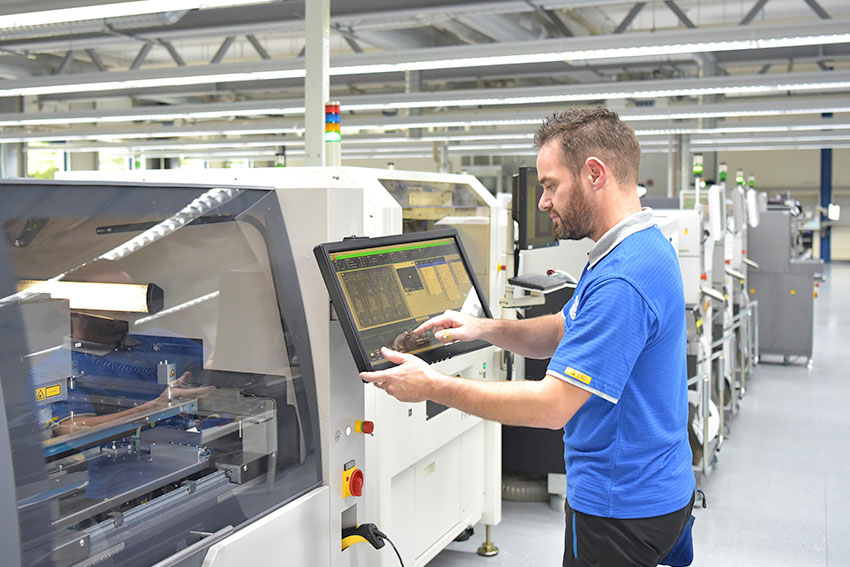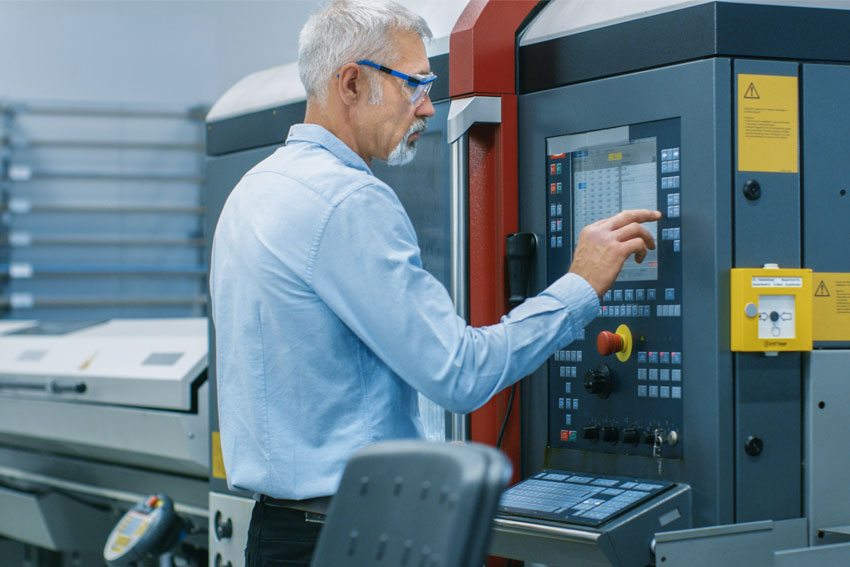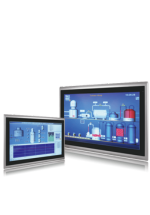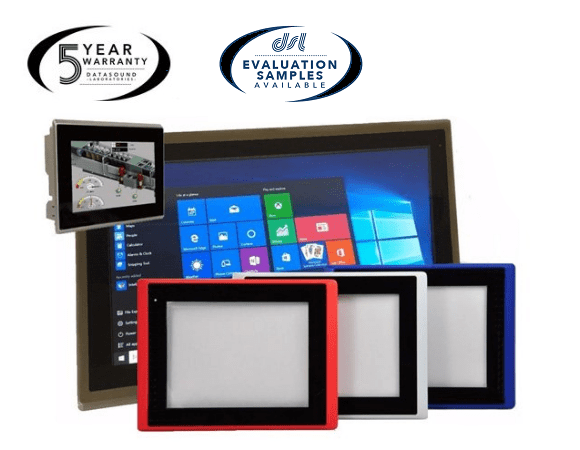ATEX Oil & Gas
The Oil and Gas industry plays a pivotal role in global energy supply, operating in environments where risk is a constant companion. This high-stakes sector requires computing technology that not only meets but exceeds safety standards.
DSL provides ATEX certified solutions, essential for preventing disasters in areas prone to highly flammable materials. Our commitment to safety is matched by our drive for efficiency. By employing industrial computing technologies aligned with Industry 4.0 methodologies, we ensure that oil and gas operations are not just safe, but also highly efficient.
These advanced solutions facilitate the exploration, drilling, extraction, and processing of fossil fuels, balancing the critical demands of safety with the relentless pursuit of operational excellence.
Computing Solutions for Oil and Gas
In the demanding oil and gas sector, our solutions include configurable Panel PCs/HMIs for ATEX compliant installations, robust Industrial PCs for harsh conditions, and extensive Industrial Displays for monitoring complex fossil fuel processing. These systems bring advanced computing to the forefront of challenging environments.
- Panel PCs/HMIs: Customizable for ATEX compliance.
- Industrial PCs: Durable in extreme conditions.
- Industrial Displays: Extensive for complex process control.

Safety in High-Risk Environments
In the oil and gas industry, where even the smallest electrical spark poses a significant explosion risk, ensuring safety is paramount. Our devices and equipment are designed to meet the most stringent safety standards and carry explosion-proof certifications. This commitment to safety minimizes potential risks, safeguarding not only employees but also the public, and maintaining a secure operational environment in these high-risk settings.
ATEX Certification Requirements
- Adaptable for Zones 0, 1, 2
- Suited for various flammable risks
- Compliant with local ATEX standards

Managing Condensation in High Humidity Areas
In environments with high external humidity and internal temperature fluctuations, such as frequent on-off cycles, there's a risk of condensation inside equipment. It's essential to periodically inspect the interior of these devices to prevent any moisture-related issues. This routine check ensures the longevity and reliability of the equipment, even under challenging conditions.
Safe Connectivity in Hazardous Areas
When operating devices in hazardous areas, the safety protocol for connecting and disconnecting external connectors is crucial. It's permitted only if the potentially explosive atmosphere is confirmed to be absent. This precautionary measure is vital to prevent any risks associated with live connections in environments where flammable materials may be present, ensuring both equipment and operator safety.
Client Testimonials
Contact Us to talk about your requirements.








